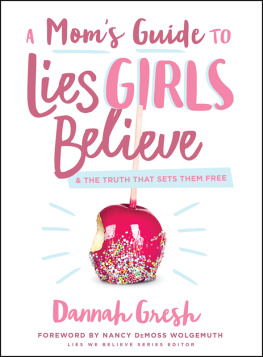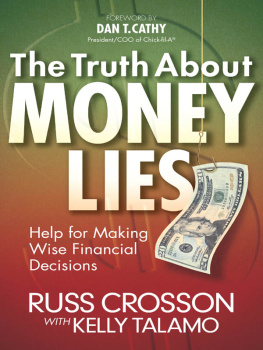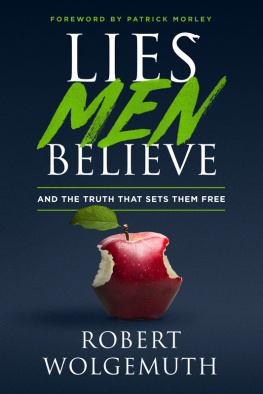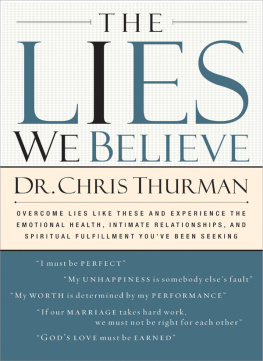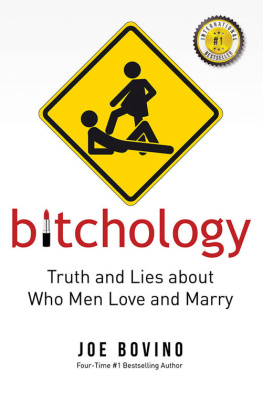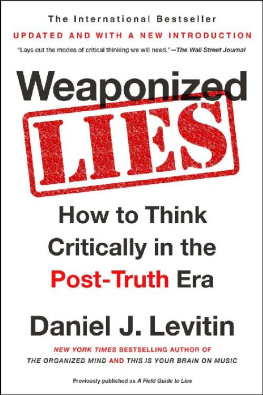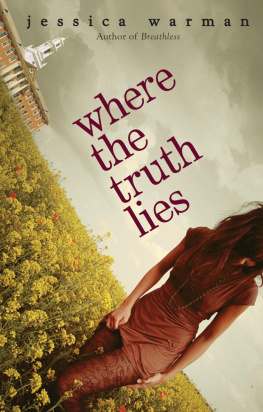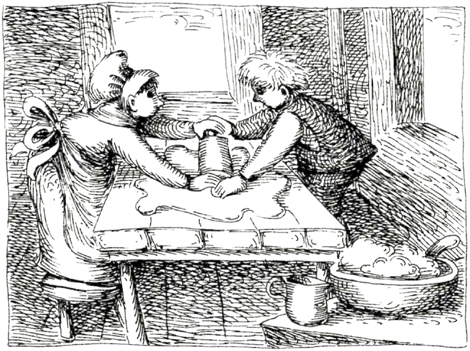INTRODUCTION


W are all taught to tell the truth. But anyone who has watched the action in a courtroom, been misled by a commercial, read a newspaper headline, or been tricked by a sly classmate knows that sometimes truths are lies in disguise. Telling the truth can be very different than telling the whole truth and nothing but the truth. People may state a truth, but by leaving out certain details they may not be telling the wliolc truth, which means what theyve said is also a lie. Other sly talkers use words and phrases that can have double meanings. They tell the truth, but we create the lie when we jump to the wrong conclusion. Some people are even trickier and tell the truth in a way that sounds like a lie.
These folktales and jokes from around the world all play with slippery truths and lies in disguise. By reading carefully and not jumping to conclusions, you will discover how these folk characters lie while at the same time they tell the truth.
1.

One Cockie
N ate and Anna wanted to bake cookies and asked their mother over and over and over again till she finally agreed.
You may bake them, she said. But you may eat only one cookie each before dinner. Just one. And no eating cookie dough, either. Or anything else. I dont want you spoiling your appetite.
Nate and Anna agreed, but at dinner both were too full to eat.
You promised to eat only one cookie each, scolded their mother.
And thats all we had, both insisted. Just one.
And no cookie .dough?"
The brother and sister shook their heads no.
Honest, said Nate. We ate only one cookie each and nothing else.
Whats the truth, the whole truth?
And wheres the lie?
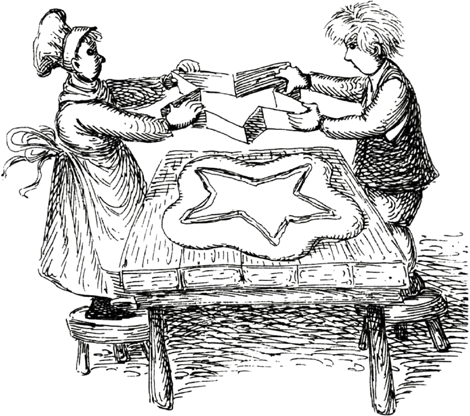
THE WHOLE TRUTH

Nate and Anna were telling the truth.
Except, that is, for the size
of their one cookie each.
Each had made a single cookie
large enough to cover
an entire cookie sheet.
2.

The Donkey and the Carrots
S everal fellows were swapping riddles as they sat around the potbellied stove.
Once, said Jim, there was a donkey tied to a rope that was eight feet long, and there was also a wagon of carrots thirty yards away. That donkey loved carrots more than words can say, and he got them, too! Any guesses how he did it?
Gnawed through the rope? said a man.
Nope.
Its impossible, said another.
Nope.
Youre lying, said a third.
But Jims best friend shook his head and smiled.
Hes telling the truth. I saw it myself. Even though the donkey was tied to a rope only eight feet long, he got those carrots in the wagon thirty yards away.
Whats the truth, the whole truth?
And wheres the lie?
THE WHOLE TRUTH

Jim never said
that the other end of
the eight-foot-long rope
was tied to anything.
The donkey just walked
to the carrots.
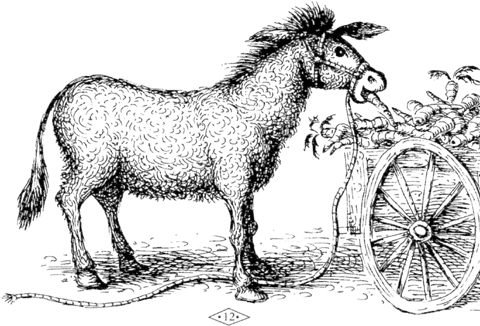

3.

Ropedancing
O ne summer Tyll Eulenspiegel decided to earn some money by dancing on a rope as hed seen others do in the traveling shows. After a few days practice he was so good others were jealous of the coins he earned. Two boys even cut into his rope so it broke the next time he tried to perform.
Ha! Look at the great ropedancer now!The boys laughed.
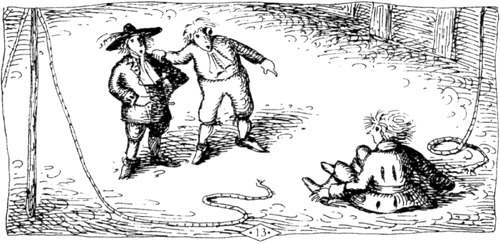
Tyll calmly retied the rope and made them a wager.
Give me your shoeswhatever their sizeand Ill dance with them up here on the rope. If I fail, youll get all the money Ive earned today. If I succeed, everyone here owes me a coin.
The boys knew Tyll couldnt dance on a rope wearing shoes that didnt fit. Hed trip and fall in seconds. They eagerly tossed him their shoes. Soon others tossed up their shoes as well.
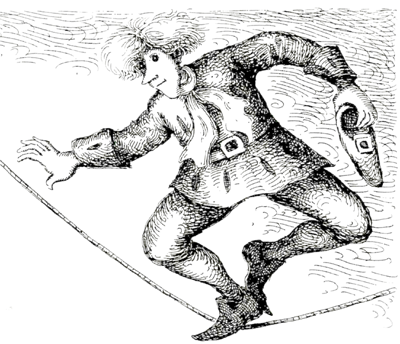
Tyll danced along the rope as he caught their shoes, then bowed and announced, Please put your money in the hat below.
Not until you do what you bargained to do! called the boys.
Ah, but I have. Tyll laughed. Pay up.
Though the boys continued to argue, everyone else in the crowd knew Tyll was right.
Whats the truth, the whole truth?
And wheres the lie?
THE WHOLE TRUTH

Tyll wagered he would dance
with their shoes on the rope,
which he did by dancing
and juggling with them.
He never wagered that he would
dance in their shoes or wear them.




